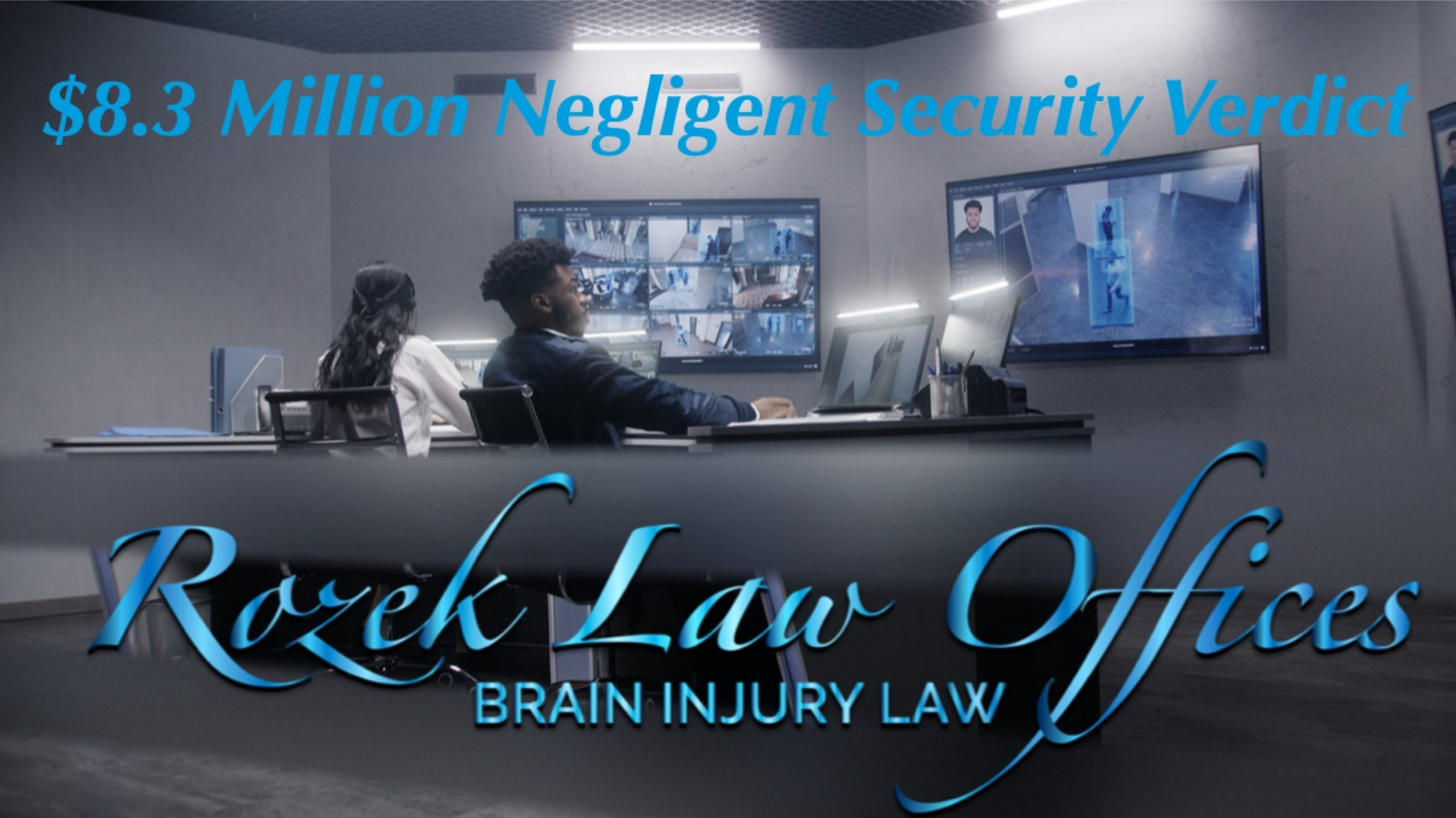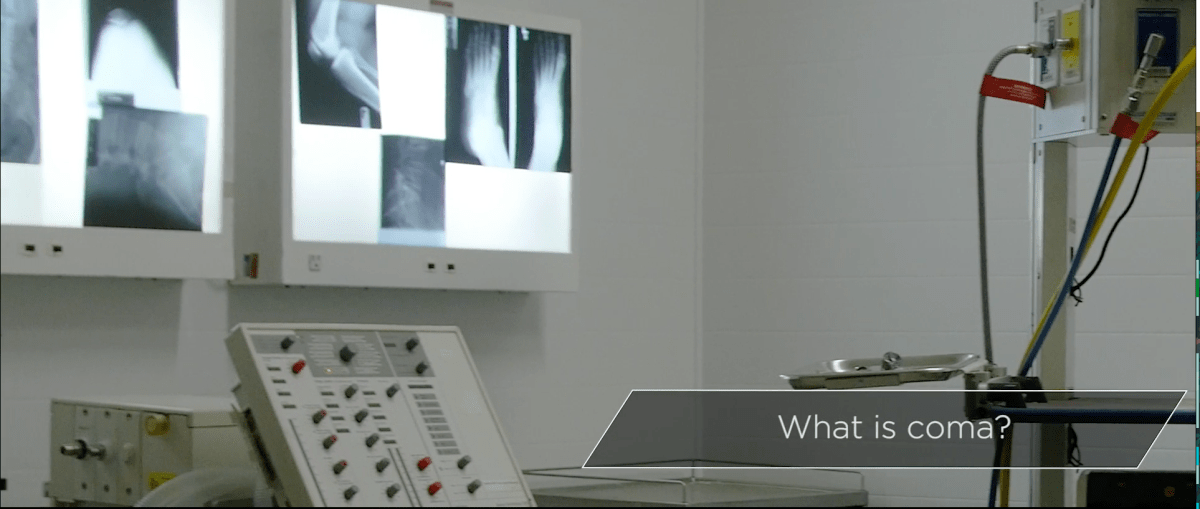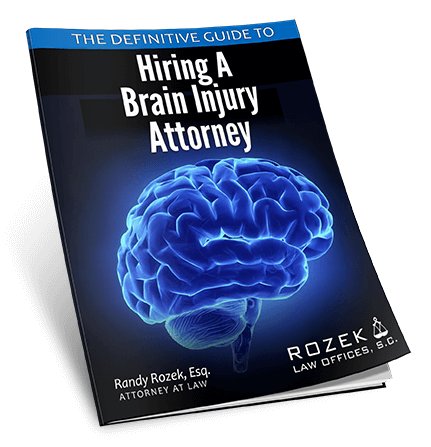New technology to aid in diagnosing TBI for MMA fighters
Traumatic brain injuries are not uncommon in contact sports – including boxing and MMA fighting. For instance, Nick Blackwell was fighting Chris Eubank Jr. in March and his forehead swelled so much he couldn’t see. After being transported to the hospital, it was discovered there was blood pooling between his brain and skull. He was placed into a medically induced coma and not long after, Blackwell retired from boxing.
Similarly, MMA fighter Joao Carvalho suffered traumatic brain injury during a fight. He experienced bleeding from his brain and died in the hospital just three days later.
That’s why it’s so important to incorporate tools that will help diagnose the damage as quickly and efficiently as possible. New technology is on its way to MMA fighting rings to help with just that – handheld brain scanning devices.
According to an article posted on the SB Nation website , brain hematomas (bleeds) occur in two varieties: epidural and subdural.
“An epidural hematoma is a bleed that occurs between the skull and the outermost layer of the brain (the dura mater). Subdural hematomas are bleeds beneath the dura mater. Both injuries are commonly caused by linear acceleration of the brain within the skull,” the article reads. “Linear acceleration is when the brain moves at a different rate from the skull, explained Dr. Tator, a neurosurgeon from Toronto Western Hospital. [And that causes] bruising of the brain and blood clots in the brain as well, because veins can be torn off during that type of movement to and fro, or front to back, or side to side.”
In as many as 50% of cases involving an epidural hematoma the sufferer says that they feel fine at first, before suddenly falling unconscious. The period in which the sufferer appears symptom free is called a ‘lucid interval.’
“Without a lucid interval, people experiencing brain bleeds may have headaches and/or bouts of confusion that slowly increases in intensity,” the article reads. “The Glasgow Coma Scale (GSC) is commonly used to detect brain bleeds, this test includes checking a patient’s eye response to stimuli as well as their verbal and motor skills. A CT or an MRI scan is traditionally used to confirm a diagnosis of a brain bleed.”
Bleeds from ruptured veins and arteries put pressure on the brain itself. This pressure can be fatal if it damages delicate brain tissue or causes the brain to herniate.
“Both epidural and subdural hematomas can be treated with surgical openings of the skull, where blood is removed and pressure on the brain is alleviated,” the article reads. “Because of the subtly of the early symptoms associated with brain bleeds, many fighters have died before a diagnosis or a surgery can be performed.”
The GSC can help detect brain injuries early so a patient can get the treatment they need. But, according to the article innovation in medical sciences has led to the handheld brain scanner, which could actually help protect fighters from life-threatening brain injuries.










Request Your Free eBook
Our office has provided information regarding the different types of Wisconsin Personal Injury Accidents that we have experience handling.
Wisconsin Accidents
Wisconsin Personal Injuries
Ready to get started?
Call us at 414-374-4444
Main Office Location
Rozek Law Offices, SC
3970 N Oakland Ave Ste 604
Milwaukee, Wisconsin 53211
Additional Client Meeting Location
Rozek Law Offices - Madison
2810 Crossroads Dr Ste 4046
Madison, Wisconsin 53718
Recent Blog Posts










